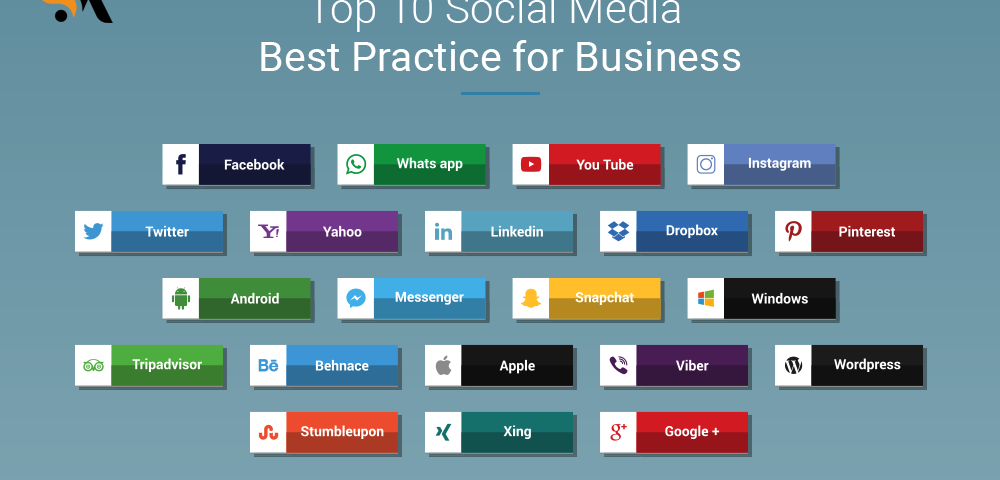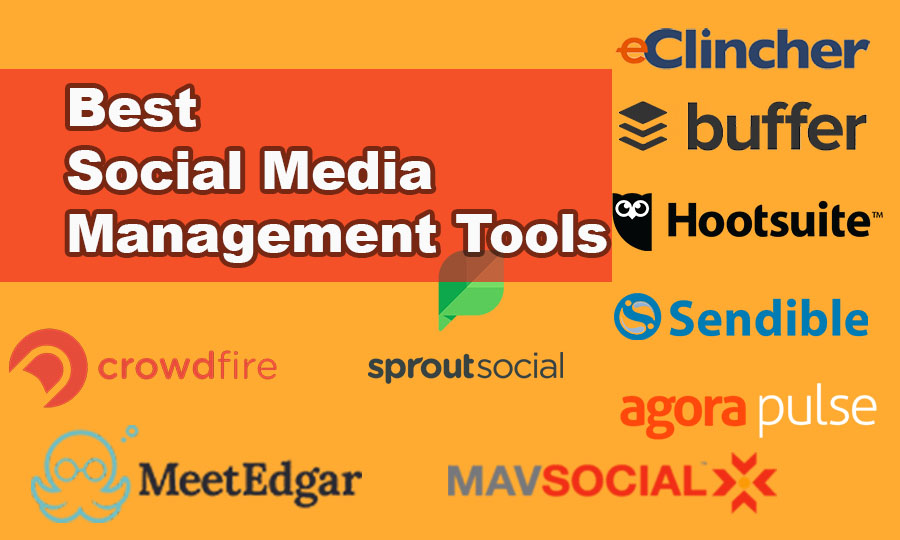Top 10 Social Media Best Practice for Business

5 Most Powerful SEO Strategies in 2020
April 16, 2019Table of Contents
In today’s modern world, every business needs to have a strong social media presence. No matter how small or big your business is, whether it is an entirely virtual business or a brick and mortar business, a partnership, or just something you are trying on your own, you need to have a social media presence. But not only that, you need to have a strong presence too.
While many business owners might think that they know the basics of social media marketing and its tools, there is still so much more to learn in this trade! You can always hire a professional social media manager to help you out with marketing your business online. However, it doesn’t hurt to pick up a few tools of the trade yourself too!
Here are the top 10 social media practices that you can implement for your business:
1. Who Is Your Audience?
If you don’t know who you are catering to, how will you know the best ways to get their attention?
If you have a business of selling customizable print T-shirts, then who is your target audience? What is their age? Where do they live (country, city, or region)? Does your company ship orders outside the country? How much money is your target group ready to spend on a customizable T-shirt? What kind of logos can you print?
Once you figure this out, your job doesn’t end here. Now, you will have to delve into some social media tools which can help you analyze your audience better. These can be done by:
- Social media analytics
- Consumer research and market trends
- Testing your social ads on different social media platforms
- Create a clear statement about the values of your company and what you are offering
2. Spread over different Social Media Platforms
There can be two different mistakes that you make when deciding which social media platforms you want to be prominent on.
- Either you spread yourself too thin and market your business on too many platforms
- Or you don’t reach out on enough social media platforms
There is a midway to this- analyzing what kind of audience visits specific social media platforms more, whether this corresponds with your target audience or not, and picking and choosing the platforms you want to be on.
Research the different demographics and decide which social media platforms you want to put your business on- Facebook, Instagram, Twitter, Snapchat, YouTube, etc.
3. Interact with Your Audience
Once you figure out who you are posting for and where you are posting, the next step is actually to interact with your audience base.
Depending upon what social media platform you are using, you need to interact with your audience using polls, comments, mentions, hashtags, and interactive videos. Remember, if you don’t engage with your audience, they will not feel a connection with your brand.
4. Set a Posting Schedule
When you want to market your business on social media, you have to, in a certain sense, be predictable to your audiences.
This means working out a posting schedule. You can use several social media tools available online, which help you create a posting schedule, working out the best time during the day (or night) when you should post, get a maximum reach with your audiences.
Be consistent with your posting schedule, and your audiences will eventually come to expect the next, new post from your business.
5. Check out the Competition
Sometimes, there is no better way to learn about your industry and your market than watching your competitors closely. Look at their posting schedule, the content they are posting, how they are interacting with their audiences, and the response they are receiving.
Once you analyze this data, don’t be afraid to copy some of these strategies for your own business. Of course, if you can figure out an even better plan than your competitors, then great!
6. Listen to Your Audience
Social media is the best tool you have in hand, actually to understand your audience. While analytics tools and market research is excellent, actually checking out your audience comments, posts, mentions of your brand, memes, and even trolls can be a great way to understand your audience better.
If you notice individual audience members complaining about features or about something they are unhappy with, use this information to your brand’s advantage. Send a response message to your audience on social media, telling them you are working on upgrading that feature. Once you fix it, post again, talking about the new and better version of that feature!
Actively listen and fix anything that your audience is unhappy with.
7. Social Media Monitoring
The previous point tells you about social listening, and it involves actively looking into current audience responses and working out strategies to fix them.
However, social media monitoring requires you to look into past trends and analyze them. Gather information from records, chats, messages, and interactions and focus on fixing the little details that can make your business better.
8. Establish your Brand Voice and Tone
Although this is something you slowly build up over time, and continuously change, eventually, you need to build a strong voice and tone for your business on social media.
Every interaction you have with your audience, every post, every message, every like, all of this is your brand’s voice.
To create a strong and lasting impression, use strong adjectives when talking about your business. Avoid using confusing jargon, and write in a way that is engaging for your audience.
9. Respond to Comments and Mentions
And do it as promptly as you can. If possible, hire someone whose only job is to reply to audience comments, tags, and mentions! If you don’t, your audience will perceive you to be lazy or showing a lack of interest. And you don’t want that.
10. Optimize your Posts
Of course, you don’t want to overpost, which can again be a grave mistake. Know when to post, and how much.
Also, depending upon the platform, you are posting on, tailor your content for each platform. This way, it doesn’t look like you are just posting the same content over and over again on different platforms.
These ten social media practices are just some basics you can learn to help your business gain visibility over social media.



